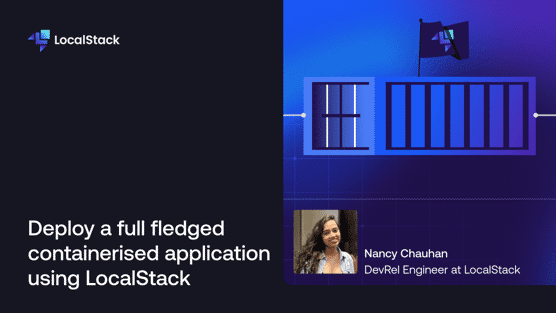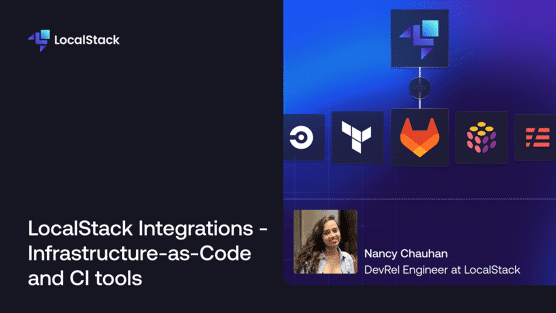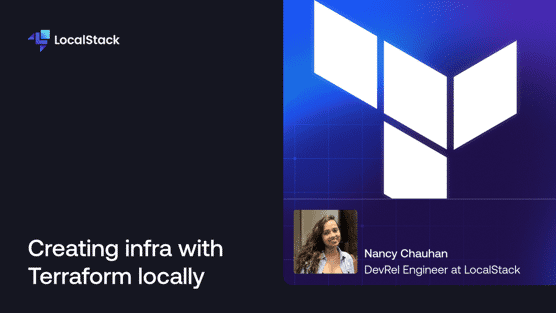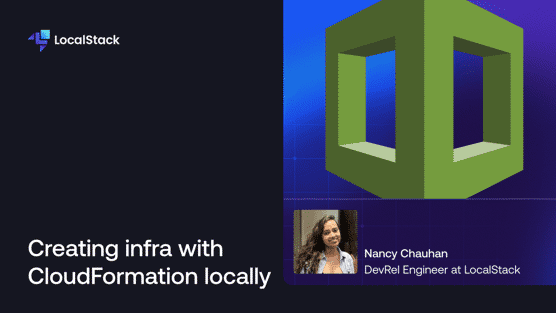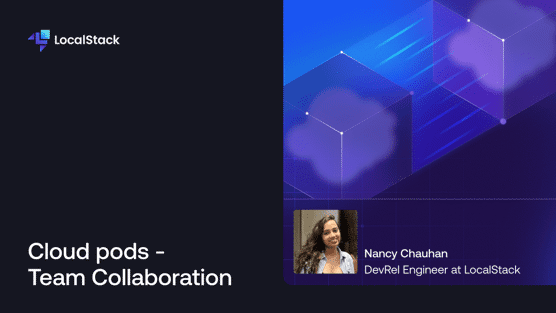Development & Deployment with LocalStack
Course Overview
In this video, we'll delve into topics covered in this module, focusing on developing and deploying with LocalStack. In this module, we'll deploy a container application that uses various AWS services. You will learn more about LocalStack integrations, IAM Policy Stream, and Cloud Pods that help improve your local cloud development, testing, and collaborative experience.
Learn MoreDeploy a full fledged containerised application using LocalStack
In this video, we'll guide you through deploying a real-world application that uses various AWS services, such as DynamoDB, ECS, API Gateway, and more. We'll attempt to input data into DynamoDB using the deployed application and then retrieve the same data using the Localstack's DynamoDB resource browser to demonstrate how Localstack enhances the developer experience for cloud applications.
Learn MoreLocalStack Integrations - Infrastructure-as-Code and CI tools
In this video, we will see how LocalStack can be used with infrastructure-as-code (IaC) and continuous integration (CI) tools to enable local development more efficient, and foster team collaboration. LocalStack integrations allow you to use your favorite tools to create and manage AWS resources locally.
Learn MoreCreating infrastructure with Terraform locally
In this video, we'll utilize LocalStack's Terraform integration to deploy and configure local AWS resources on LocalStack. We'll use tflocal, a wrapper CLI that enables you to run Terraform commands against LocalStack. Alternatively you can use terraform CLI directly with minor modifications to the Terraform configuration, a topic we'll cover later in the video.
Learn MoreCreating infra with CloudFormation locally
In this video, we'll explore how you can use AWS CloudFormation with LocalStack. AWS CloudFormation allows you to declaratively define your AWS cloud architecture, specifying resources like S3 Buckets and Lambda Functions. To deploy using AWS CloudFormation, we'll use awslocal, a wrapper CLI around the AWS command line interface.
Learn MoreSecurity Testing with IAM Policy Stream
In this video, we'll talk about the IAM policy Stream. When developing an application, we often need access to AWS resources like DynamoDB, RDS, etc. To grant this access, we create IAM roles and assign permissions through policies. Determining these policies can be challenging — the IAM policy stream simplifies this task by identifying the necessary permissions for your cloud applications.
Learn MoreSetup GitHub Action workflow that starts up LocalStack and deploys the infrastructure
In this video, we will employ LocalStack's GitHub Actions integration to deploy our application's infrastructure on LocalStack. Additionally, we will perform a diagnostic test to validate the deployment, ensuring that the infrastructure is set up correctly. This will enable you to conduct cloud integration tests for your application and infrastructure.
Learn MoreCloud pods - Team Collaboration
In this video, we'll delve into Cloud pods, which allow you to snapshot the present state of your LocalStack instance and share it with your team. We'll load a Cloud Pod in our environment through the Web Application. This Cloud Pod will load the infrastructure and application onto our currently active LocalStack instance without manually deploying any resources.
Learn More
